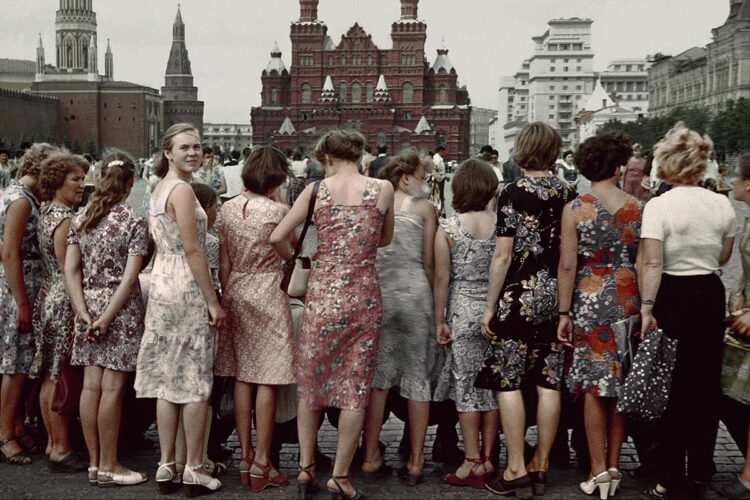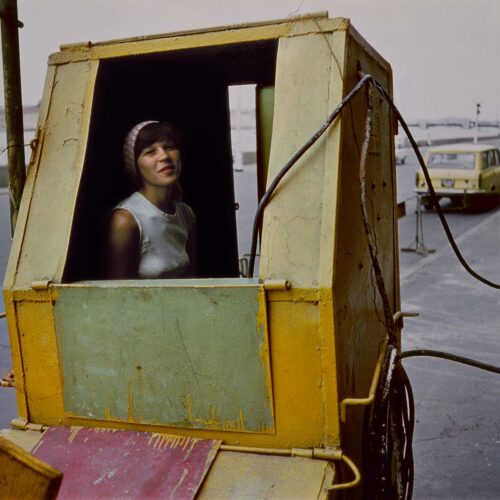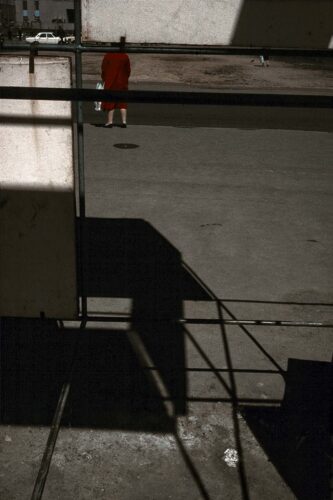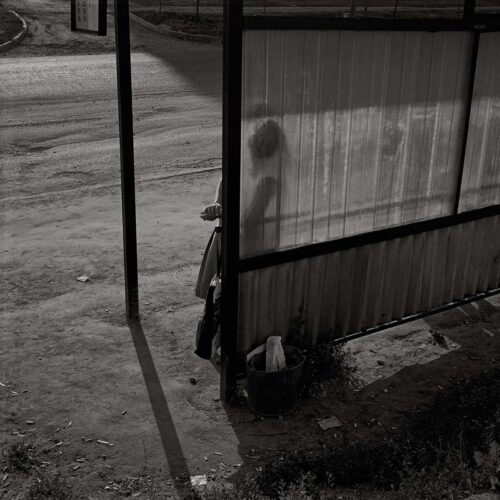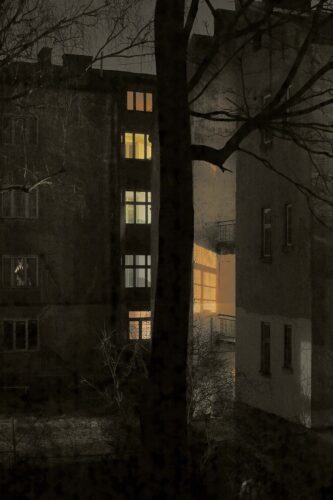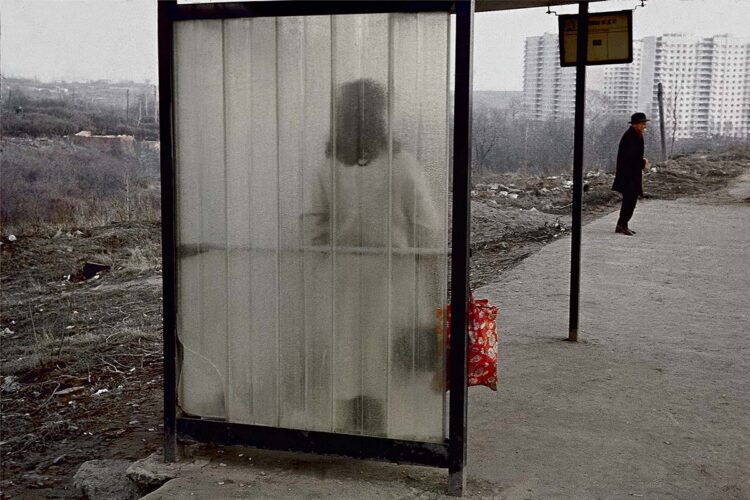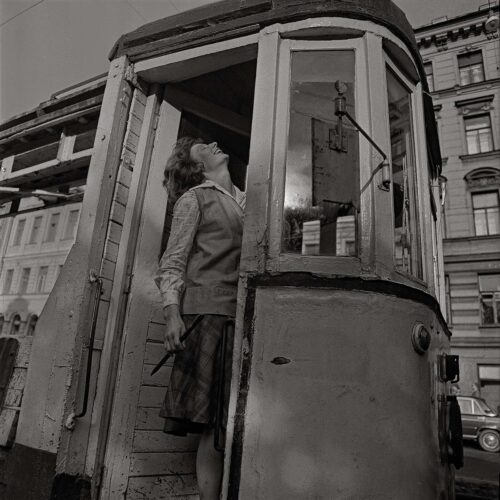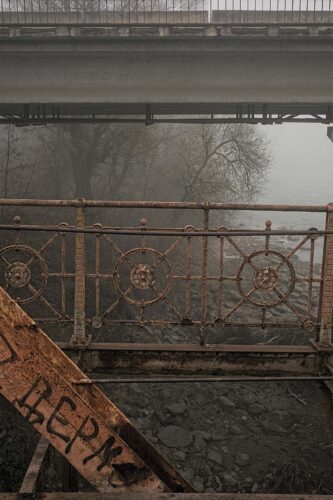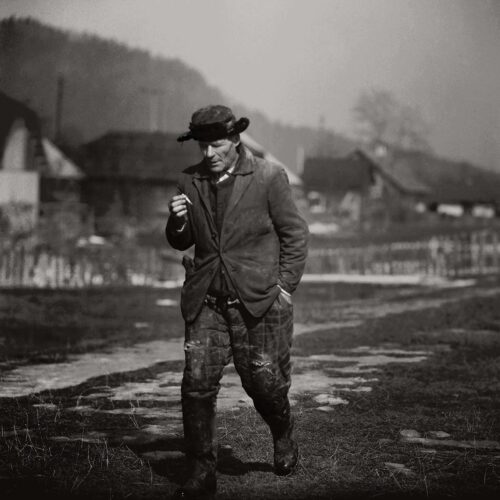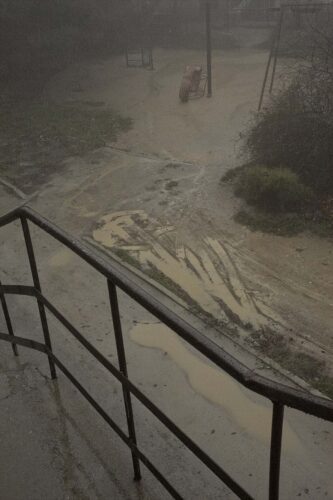EXPOSICIONES
Viewfinder – Una forma de mirar
Boris Savelev
28 may. — 14 jul. 2024
Espacio Cultural Serrería Belga
— Madrid
Inauguración
27 de mayo, 12h
Comisariado por
Adam Lowe
Organiza
Ayuntamiento de Madrid, Serrería Belga y PHotoESPAÑA
Colabora
Factum Arte
Horarios de la sede
Lunes cerrado
Martes a viernes
11:00–20:00
Sábado
12:00–20:00
Domingo
12:00–18:00
Sede
Espacio Cultural Serrería Belga
Alameda, 15
Mapa
La mirada de Boris Savelev (Chernivtsi, Ucrania, 1947) se formó en la Unión Soviética en la década de 1970, como parte de un grupo de fotógrafos que trabajaban de forma independiente, fuera del sindicato oficial de fotógrafos. Cuando se materializó la Perestroika, marchantes de Estados Unidos y Europa recorrieron Moscú y San Petersburgo en busca de “voces auténticas”. Ciudad secreta: fotografías de la URSS de Boris Savelev (Thames y Hudson, 1988) fue fruto de ese impulso y constituye la primera monografía que apareció en Occidente dedicada a un fotógrafo no oficial de la extinta URSS.
Ahora, esta exposición se presenta como la retrospectiva más amplia de Savelev hasta la fecha. Recorre las seis décadas en las que ha capturado lo cotidiano haciendo -no sólo tomando- fotografías: desde sus inicios, en blanco y negro, con su Iskra 6×6 y su Leica, pasando por el color de los años 80 tanto con la película Owarchrome soviética como con la Kodachrome occidental, hasta la incorporación de lo digital, que maneja con la misma maestría que la fotografía analógica.
El artista otorga una gran relevancia a la relación entre la fotografía que se toma y su representación física. La gran complejidad y el ligero relieve superficial que caracteriza gran parte de sus impresiones es el resultado de un método único, en el que la imagen se imprime en múltiples capas sobre una base de gesso como el usado en la pintura tradicional.
Boris Savelev’s (Chernivtsi, Ukraine, 1947) eye was trained in the Soviet Union in the 1970s, as part of a group of photographers who worked independently, outside the official photographers’ union. When perestroika came about, dealers in the United States and Europe travelled to Moscow and Saint Petersburg in the quest for ‘authentic voices’. Secret City: Photographs of the USSR by Boris Savelev (Thames and Hudson, 1988) was the outcome of this effort and became the first monograph in the West devoted to an unofficial photographer from the now-defunct USSR.
Now this exhibition is presented as a broader retrospective on Savelev up to today. It surveys the six decades in which he captured the everyday making—not only taking—photographs: from his beginnings in black and white with his Iskra 6×6 and his Leica, including his colour pictures in the 1980s with both Soviet Owarchrome and Western Kodachrome film, until his incorporation of digital technology, which he handles with the same mastery as analogue photography.
The artist places a great deal of importance on the relationship between the photograph taken and its physical representation. The extraordinary complexity and slight surface texture characterising many of his prints is the outcome of a unique method in which the image is printed in multiple layers over a gesso base, similar to what is used in traditional painting.


